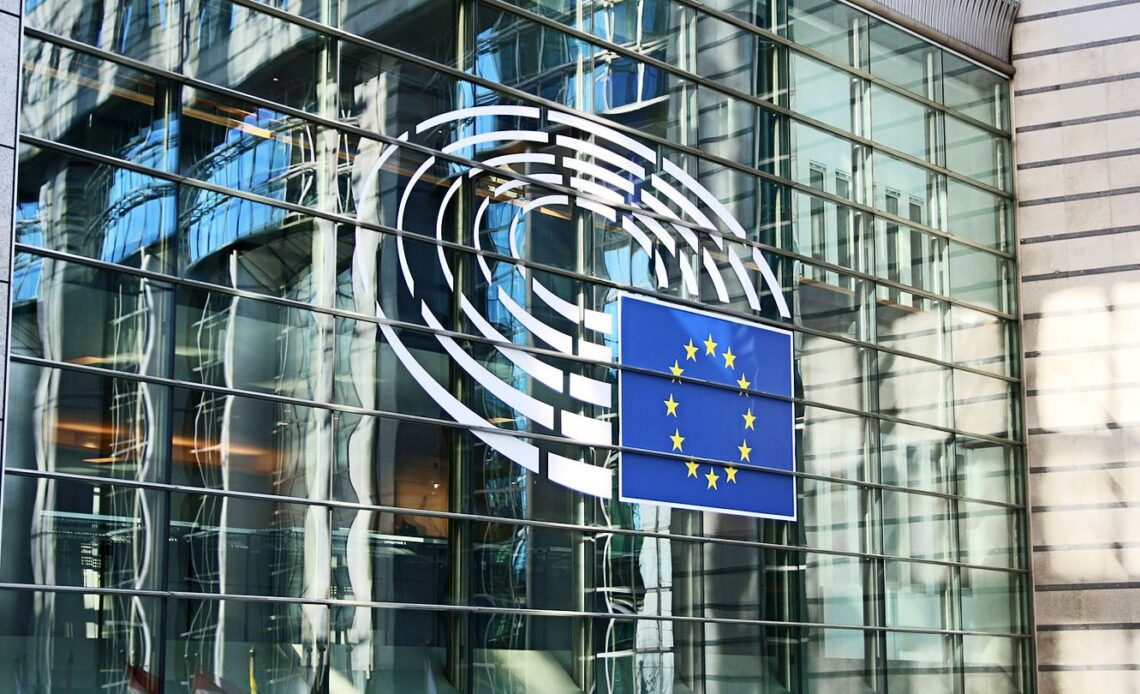The recently approved Markets in Crypto Assets (MiCA) regulation is expected to provide much needed regulatory clarity and serve as a standard for global crypto regulations. But besides spurring a new wave of development in the industry, perhaps one of the most promising results of the new framework is that it will finally make a European stablecoin possible – something that has been long overdue.
Fiat-backed stablecoins are mostly a one player game right now with U.S. dollar-denominated options taken as the default in most crypto transactions. But this preference for the greenback no longer reflects the realities of a multipolar global economy.
Kevin de Patoul is the CEO and co-founder of Keyrock, a digital asset market maker.
There are growing concerns around the United States economy, which was rocked by pandemic-led shutdowns and now inflation. Likewise, international efforts such as the launch of a BRICS digital currency are looking to challenge dollar dominance. (BRICS stands for Brazil, Russia, India, China and South Africa.)
In this context, a sound alternative in the form of euro-backed stablecoins for crypto markets is more than welcome. It would inject much needed competition in today’s crypto markets.
Now is the time
But why hasn’t a viable euro stablecoin happened already? So far, the absence of a widely adopted euro-backed stablecoin has been due to two factors: negative interest rates and regulatory burdens.
Negative interest rates in the eurozone have made it difficult for a fiat-backed stablecoin to emerge given that traders often what to earn yield for taking on risk. And stablecoins, no matter how stable, do carry risks.
However, the situation have changed. The European Central Bank (ECB) ended this 11-year monetary policy experiment in 2022 as it prepared to face the economic impact of the Ukraine war.
In terms of regulatory burdens, MiCA classifies stablecoins as e-money tokens (EMT) or significant e-money tokens (SEMT) if they become large enough. This implies that organizations need to be fully registered and compliant when MiCA comes into force in 2024 in order to issue a euro-backed stablecoin and offer it to European counterparties.
Read more: Michael Casey – The Real Use Case for CBDCs: Dethroning the Dollar | Opinion
For a long time, this might have been a…
Click Here to Read the Full Original Article at Cryptocurrencies Feed…
























